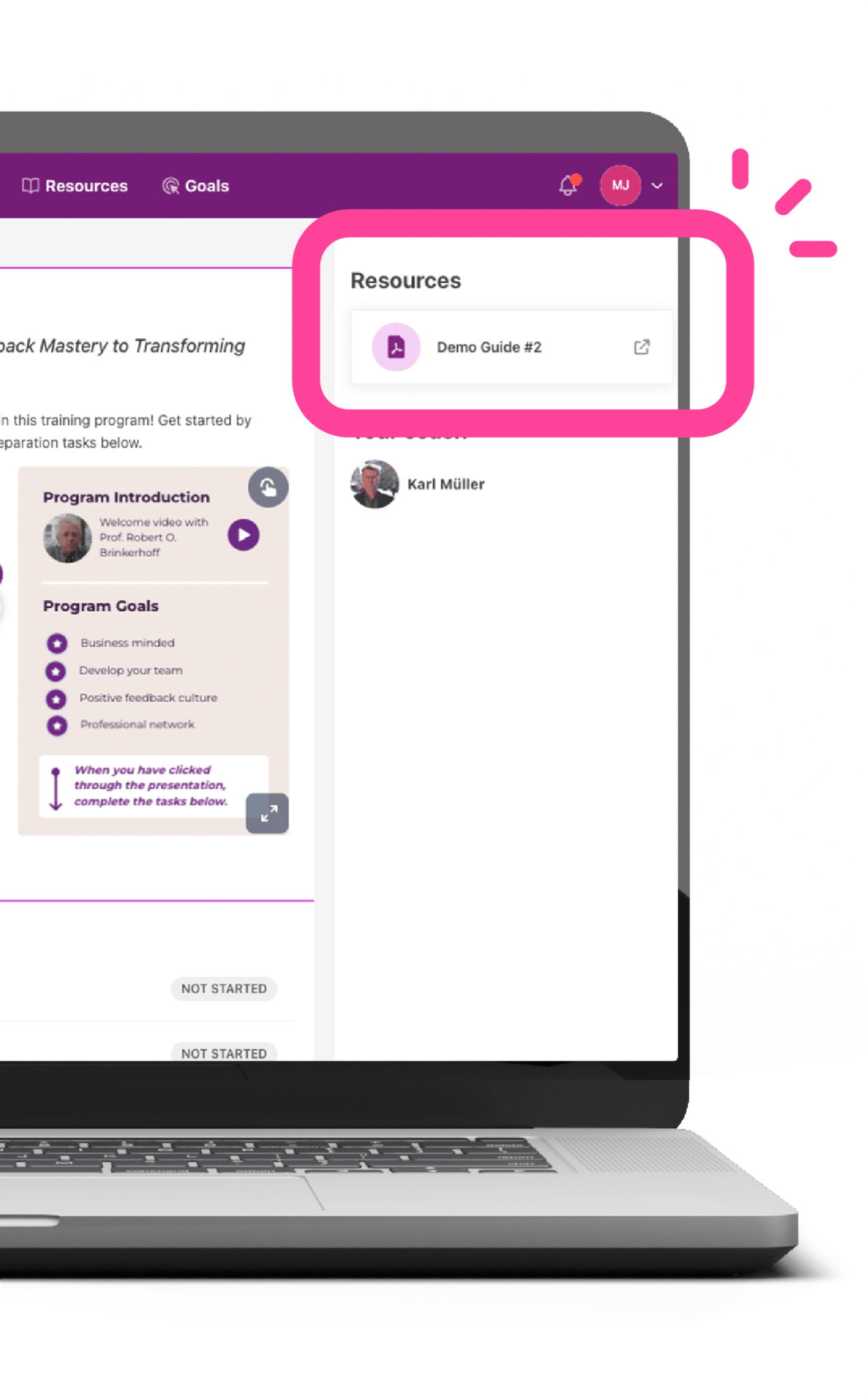When thinking about staff training, organisations often put their faith in what is available to them externally, they look outside for a complete fix to whatever problem they may have, and often behave as if training takes place in a vacuum.
Let’s take an example. Imagine that a company’s sales team is underperforming. To address the situation, training is suggested to improve the team’s performance. A logical argument for sure. The question of cost will raise its head and discussions will be held as to whether the business can afford to spend a few thousand pounds on training the sales team. Someone will suggest that they cannot afford not to and the decision will be made that they ought to do it and the search for a training provider begins. Once found, the provider will deliver a two day sales course, the group will enjoy it and all will be well. Or will it?!
I have written often about what providers can do to ensure that the learning sticks and that the training is not just enjoyable but also actually creates new behaviours in order to impact on business objectives.
In this article I want to focus on what the business who bought the training can do to ensure it works as well as it can. For it is not down to the provider or the trainer alone!
1) When deciding which provider to use for your training, always invite three or four to meet and propose their solutions. It sounds obvious but all providers are not the same and making sure that the provider fits your business’ culture and approach is crucial for the success of the training
2) Always ask the providers what they do before the training and after the training to help make the learning stick, as well as what they do during the course. If they do not show any inclination to meet the participants (or at least make contact) before the actual course, it is unlikely they will be able to tailor the content accurately. This is particularly important when training more experienced participants. If they have no way of embedding the learning after the course itself, it is highly unlikely that it will make a lasting impression.
3) Once the training provider has been decided, ask the trainer/facilitator to contact the line managers of those who will be attending. This is an essential part of the process. Trainer and line manager will need to collaborate in order to help the participants use what they have learnt.
4) Ensure that the line managers have a clear understanding of the content of the course and its design. This makes certain that they do not have to ask the participants what was included on the course. They should know so that they can help the participant use what they have learnt, in line with their personal development plans.
5) Give the line managers some guidelines as to what they should be doing before their team member or members attend the course and what they should be doing after they return. The training should be able to help with this. At Phoenix we encourage managers to attend a short session before their team members participate in any training to provide an overview of content and more importantly, an idea of their responsibilities for the success of the programme.
6) Make sure that the participants set objectives for the training and discuss them with their line manager. They must have a goal for the training and really know why they are attending and how it will help them going forward.
7) Do not fill the course with extras to make the budget go further. It is always tempting to add extra attendees to create better value. Only those who really need the training should attend. Extra participants with no real objectives or reasons to attend other than they “might need it at some point” only dilute the training and its impact. It is much better to spend the money on those who need the skills and can use them immediately.
8) Make sure you have an appropriate room for the training to take place in. It is amazing how much difference a good training room can make to the success of the event. Don’t be tempted to squeeze the group into an unused meeting room. If the training provider can’t offer or source training facilities, a quick search should provide you with plenty of choice to match your budget. Make sure they have natural light and good catering options. These are the two things I find receive the most feedback.
9) The participants should always return from the training with some sort of action plan or a what I’m going to do now-list. It doesn’t have to be formal but there should be something that reflects what they are going to use as a result of the training. Line managers must have this post training conversation, that promotes the use of what they’ve learnt. It should not consist of”How was the training?”; “Really good thanks”; “Good”, and no more!
10) Give those who have attended the training the chance to use what they have learnt. They are being trained to develop a particular aspect of their role. It is vital that they are given the chance to practise their newly learnt skills. Training will probably have started the ball rolling in the right direction but they are unlikely to be experts at this stage. Practice in the “live” environment is where the skills become embedded. Without this the participants will quickly return to their old habits and techniques. Management support is once again vital to ensure this happens.


